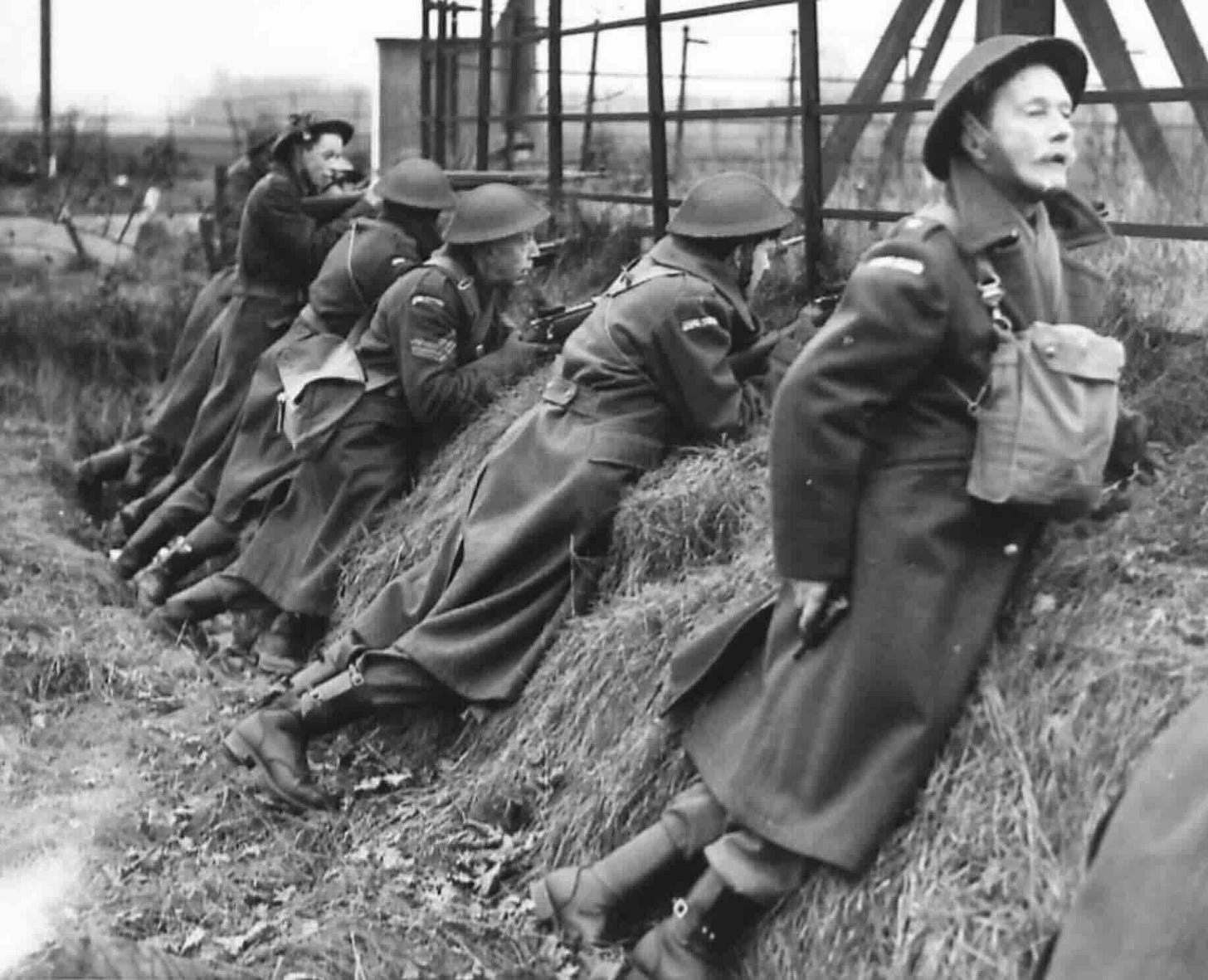Last parade of the Home Guard
3rd December 1944: The volunteer army is no longer needed as the risk of invasion has gone
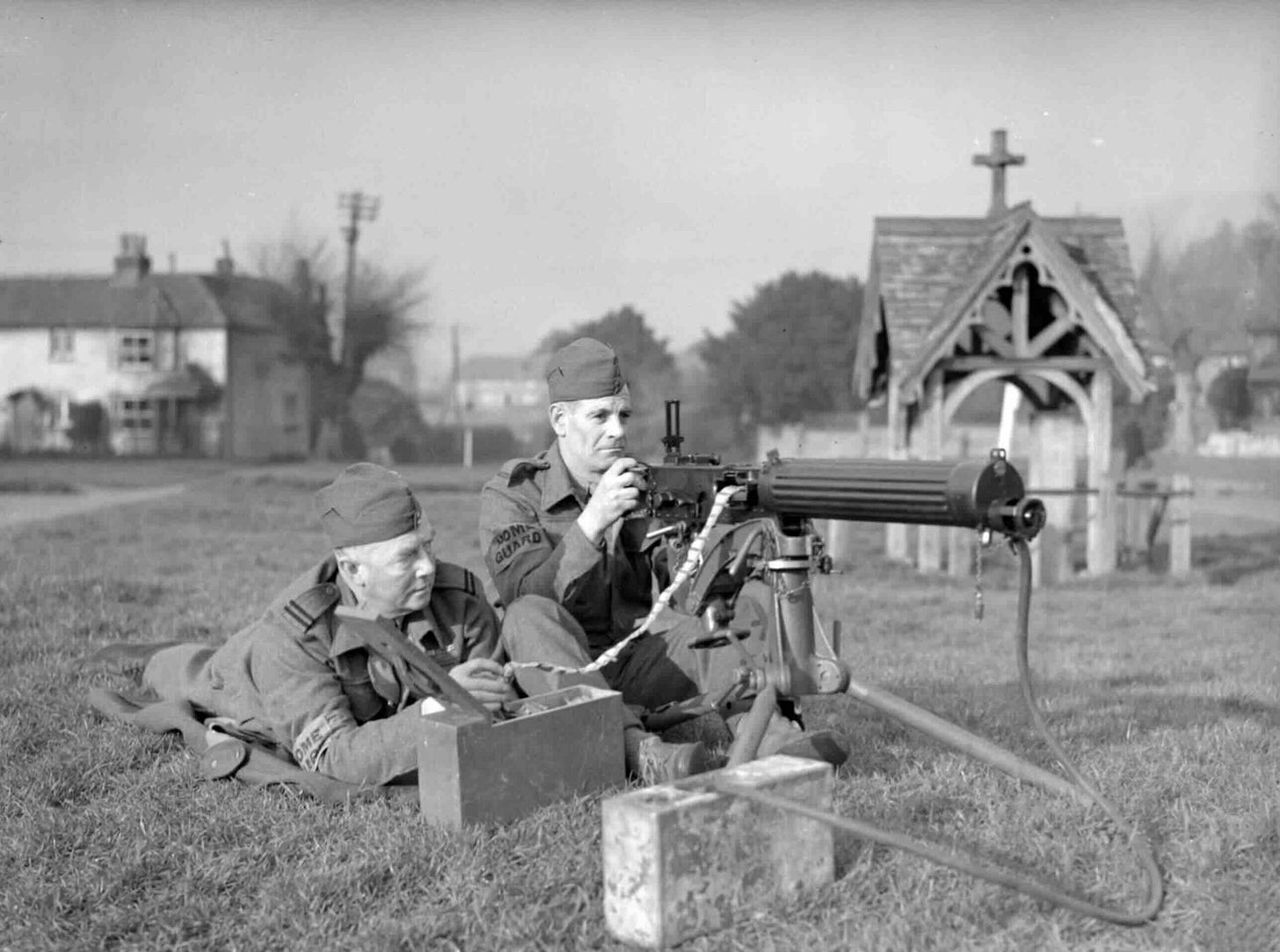
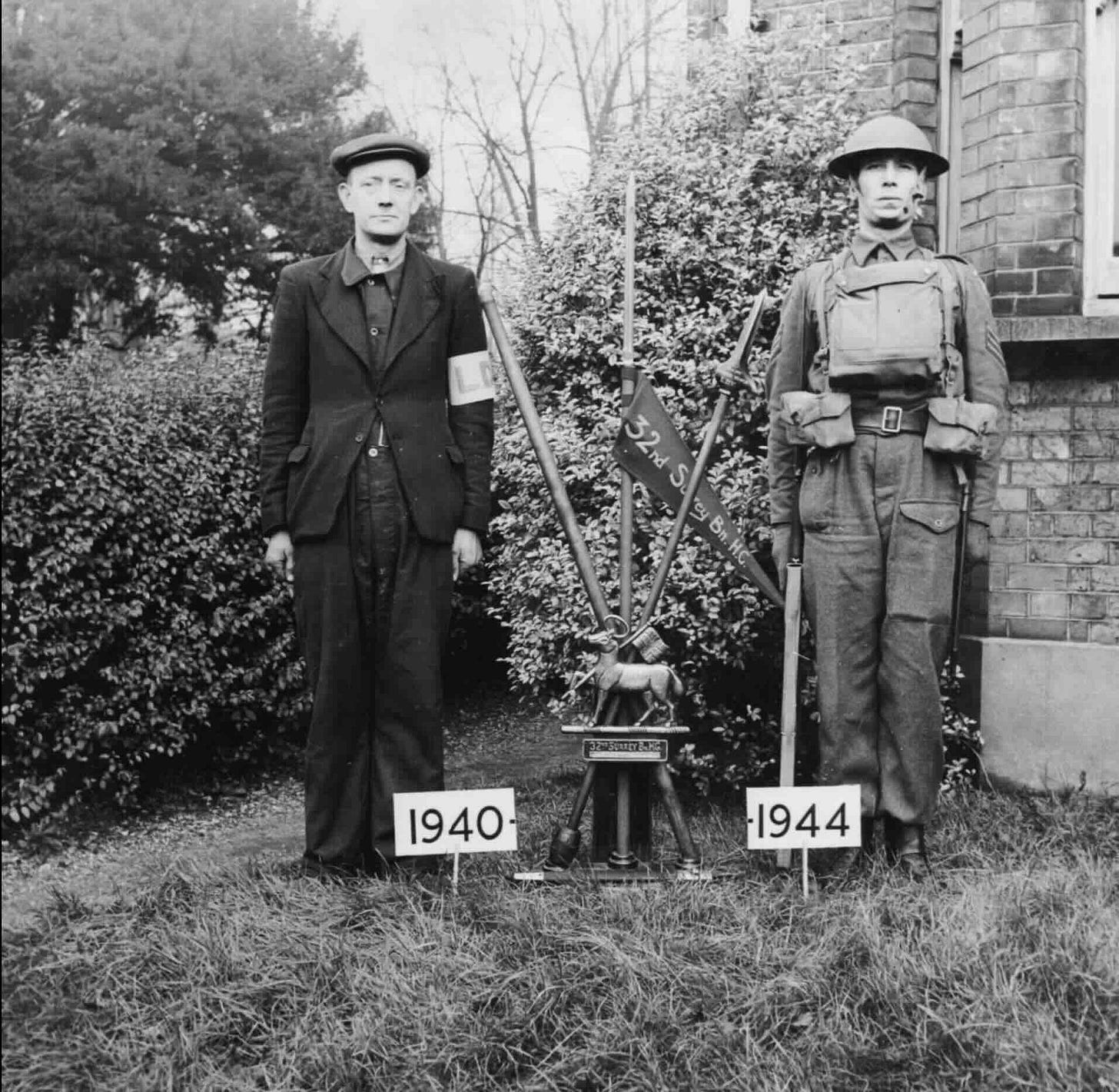
At the same time as Germany was pressing men into the Volkssturm, the British decided that the Home Guard was no longer needed. The government finally acknowledged that the risk of Britain being invaded had disappeared. The Home Guard was now 'stood down', although they were not wholly disbanded until after the war ended.
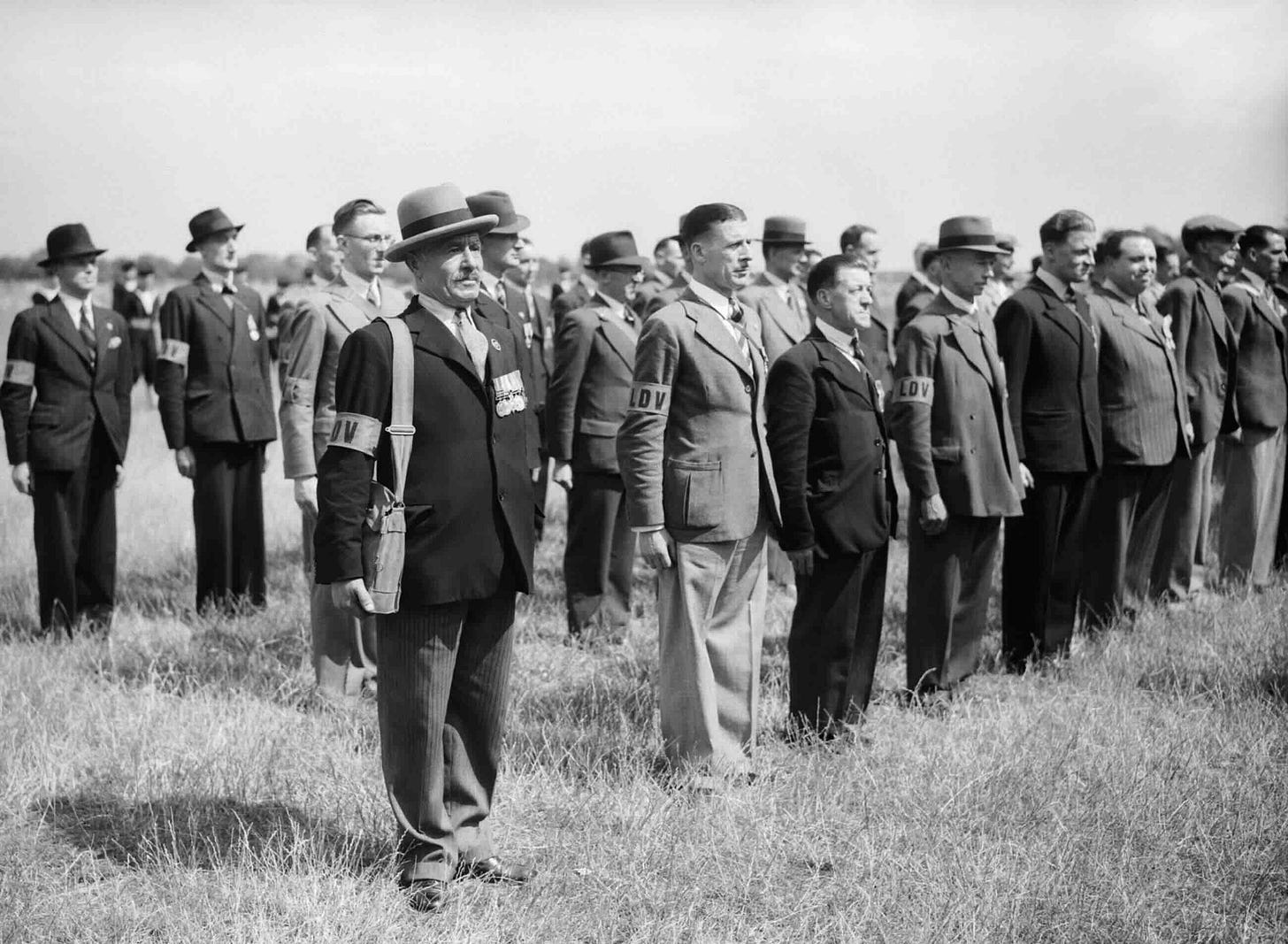
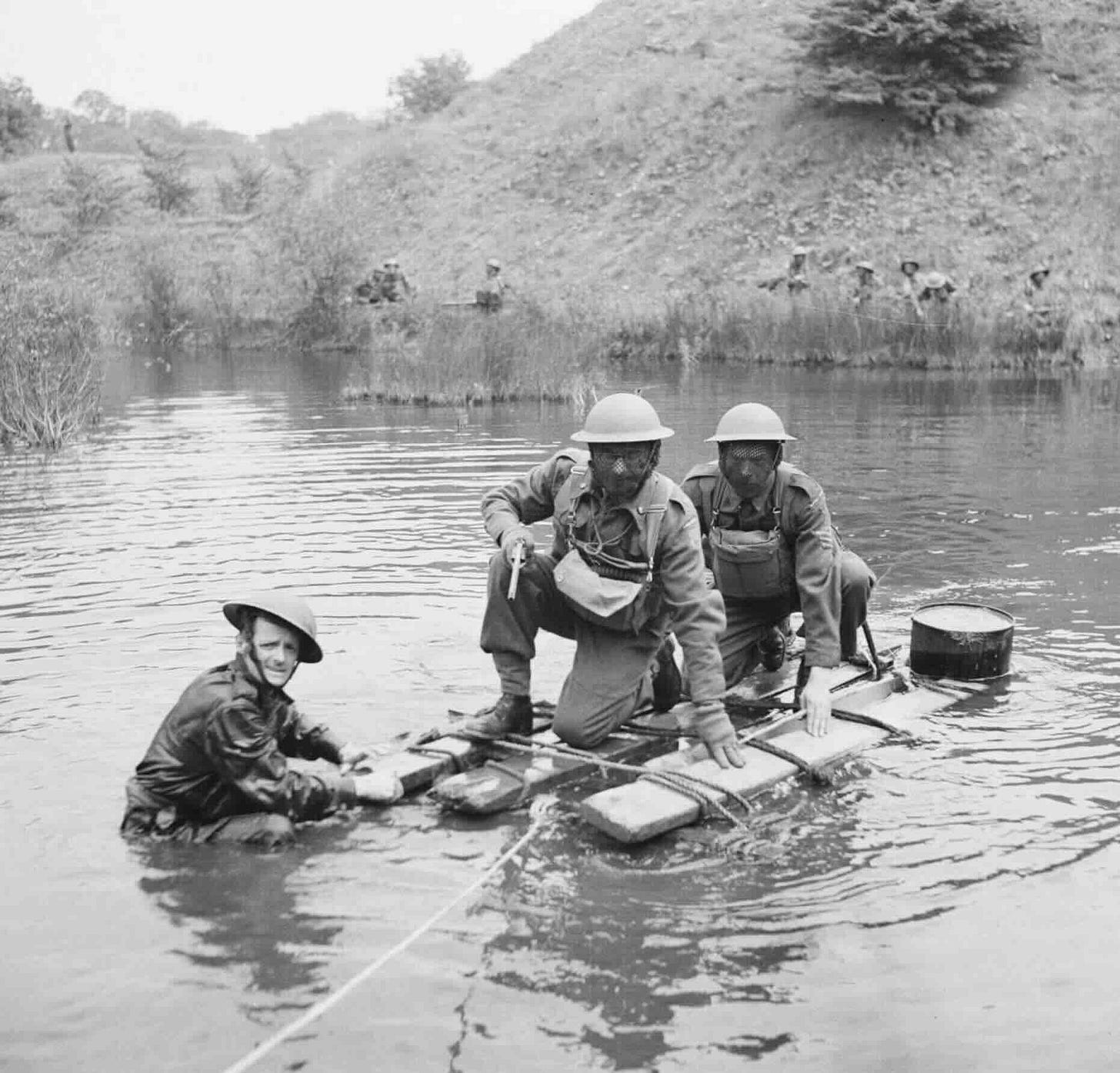
First formed as the 'Local Defence Volunteers' in 1940, they were an emergency measure to help organise the civilian population's response to the imminent threat of invasion. They were swiftly renamed the 'Home Guard' at Churchill’s insistence. They gradually received better training, equipment, and a recognised role within the military establishment.
Even by 1942, the risk of invasion had become negligible, but the Home Guard continued to be a very active organisation. During the D-Day planning, the possibility of German parachutists mounting disruptive raids was contemplated, and the Home Guard was recognised as a useful first response and means of alerting the regular Army.
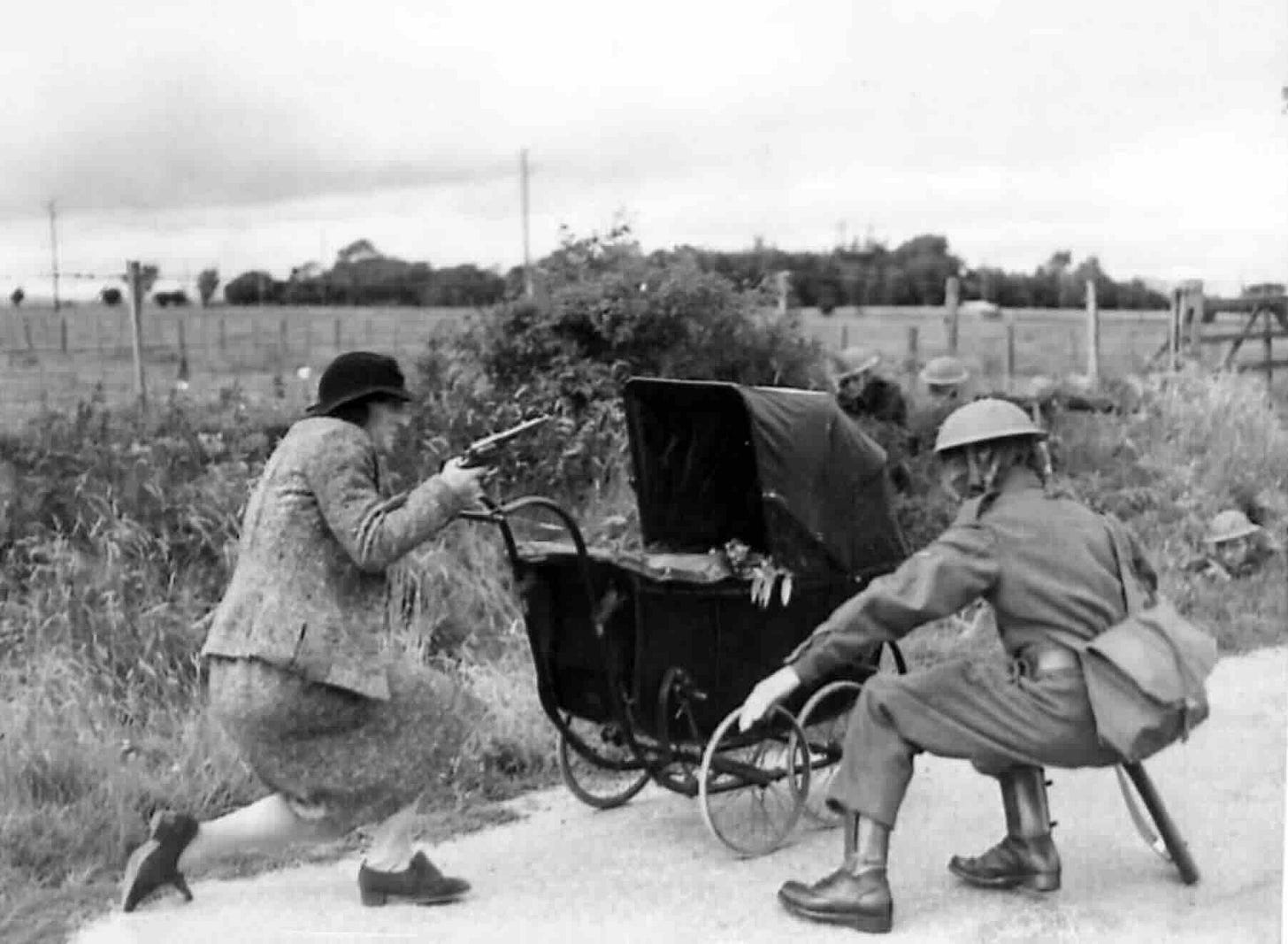
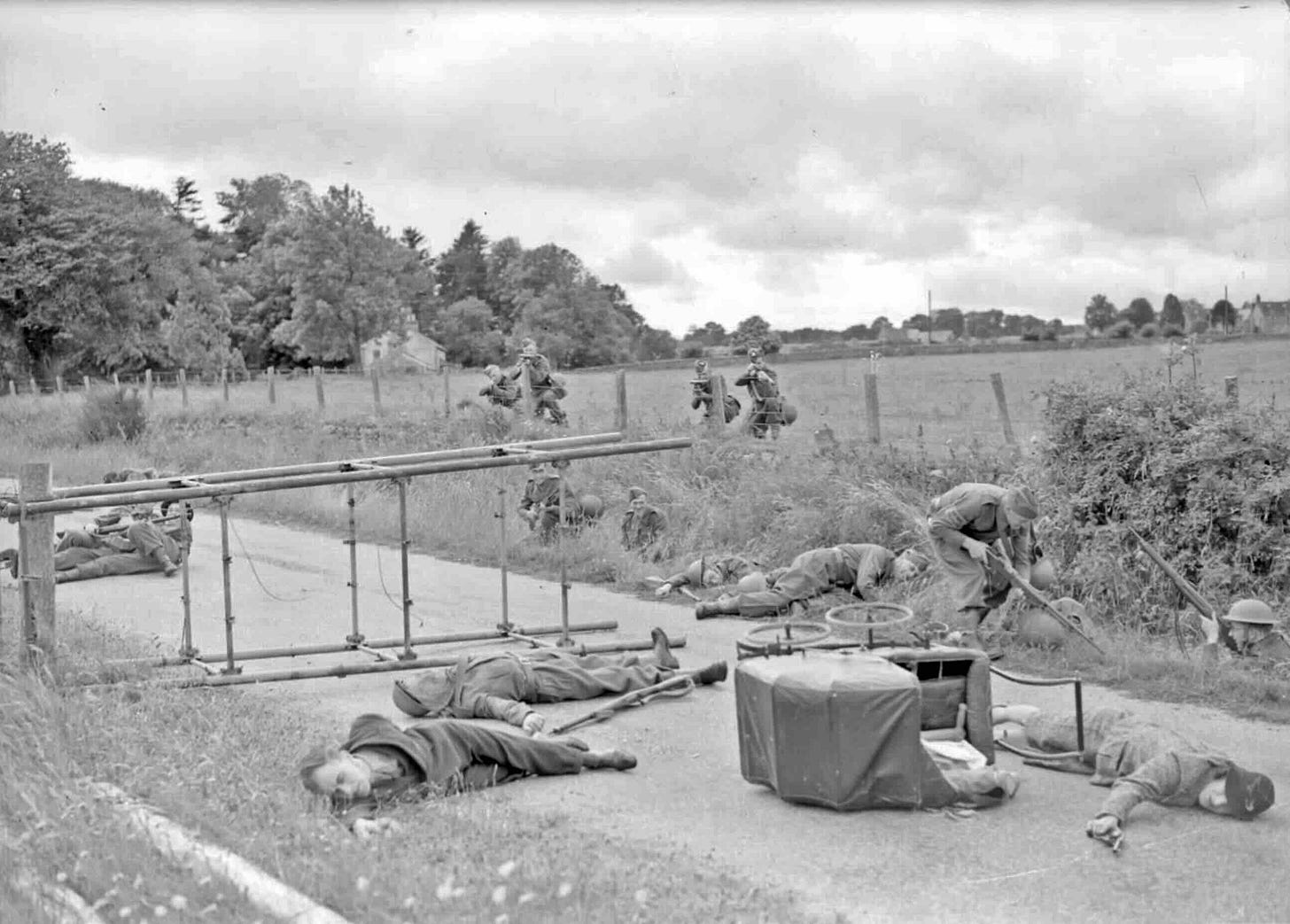

The Home Guard never saw action against the enemy in the conventional sense.
Keep reading with a 7-day free trial
Subscribe to World War II Today to keep reading this post and get 7 days of free access to the full post archives.


